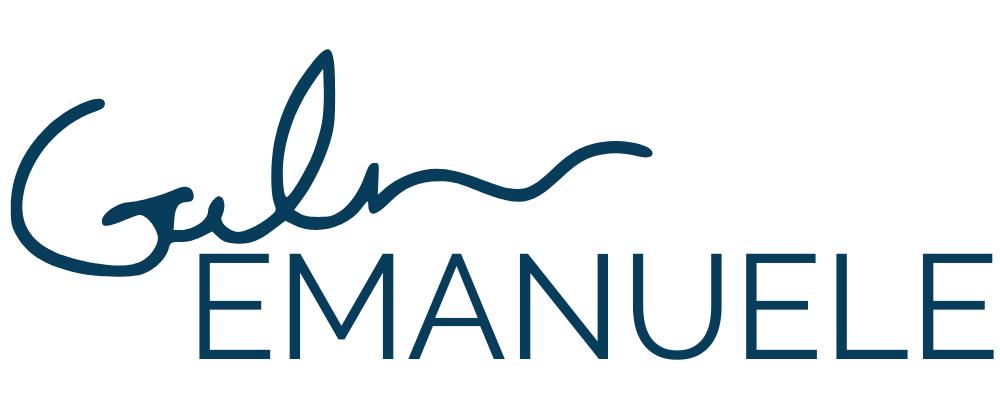Feedback Like a Pro: 3 Simple Questions
Welcome to the #culturedrop (previously the #shiftyestribe). Every Tuesday, Galen Emanuele emails tools to advance leadership skills, team culture, and personal growth. No spam, just great content. Sign up now to get it in your inbox.
We aren’t born naturally skilled at giving and receiving feedback. It takes practice and the right tools to become great at it. In this video, I share a specific, tactical approach to giving and receiving feedback like a pro using a model I learned from one of the most brilliant HR minds in the biz, Tina Radeke.
In the same way a greenhouse creates ideal conditions for plants to thrive, it’s critically important to build a culture of feedback in order for it to be effective and productive. To assist in that, it’s helpful to create a common, familiar structure for feedback so that the process and language are consistent across the team. This will also fast track everyone’s capacity to practice and improve at gathering and delivering it by providing a simple road map.
Whether you’re gathering or delivering it, here are three simple questions to approach feedback and performance improvement:
1. What am I/you doing great?
It’s important to start by acknowledging successes and progress that we’ve made as well as point out what’s great. It reinforces good behavior and growth, and roots the conversation in a place of care.
2. Where do I/you get stuck?
Without a doubt, this is the most delicate part of this conversation. It’s important here to be succinct, direct, and honest - and remember that above all, the purpose of this process is to accelerate growth and overcome things that are getting in the way of success. We all have areas of opportunity to improve, knowing what yours are is a gift.
3. How can I/you do even better?
This is about defining what a 10 out of 10 would look like. Feedback can’t just be pointing out what’s great or needs improvement, it should also include a clear vision and example of what exceptional looks like. It’s much easier to hit a target if we can see exactly where we’re aiming at.
These questions are also effective to review and reflect on situations that have passed like a finished project, a mistake that was made, a poor experience with a customer, etc. The 2.0 level of this approach is to have members of your team ask these questions of themselves. Feedback becomes coaching when you help guide people to find the answers instead of always provide them. This is also a great way to build accountability and empowerment in others by giving them the opportunity to self-reflect and answer these questions of themselves.
This article was created by Galen Emanuele for the #culturedrop (previously the #shiftyestribe). Free leadership and team culture content in less than 5 minutes a week. Check out the rest of this month's content and subscribe to the Culture Drop at https://bit.ly/culturedrop
